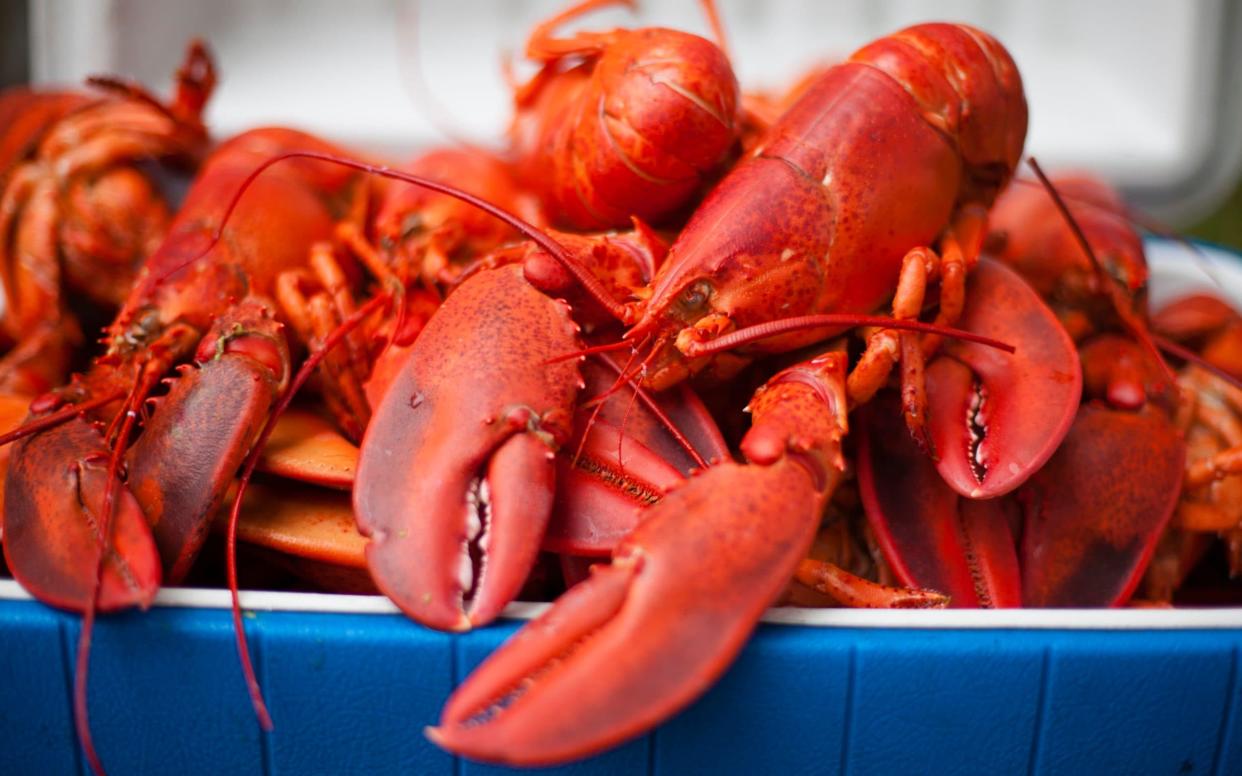Lobster shortage could be caused by microplastics which get stuck on larvae gills

A lobster shortage could be caused by microplastics which get stuck on the gills of larvae, threatening their population.
New research published in the Marine Pollution Bulletin found that tiny pieces of the pollutant gets attached to younger larvae, stopping them from developing.
Lobsters are affected by microplastics at all stages of their development, impacting their feeding and respiration.
Young lobsters grow to adulthood through four distinct developmental stages, and the researchers found that lobsters in different stages interacted with plastics in different ways, with some ingesting the small particles and others getting them stuck in their gills.
The youngest lobsters didn't consume them - but they were plagued by fibers accumulating under the shells that protect their gills. In experiments where the larvae were exposed to high levels of fibers, the youngest larvae were the least likely to survive.
Microplastics are formed when a larger piece of plastic degrades into tiny particles, which then enter the marine food chain. They wash into the ocean through drains and can also be created in the ocean as larger materials degrade. Plastics tend to float at the surface, where they are exposed to sunlight and wave action that eventually break them down into small particles.
"Even relatively low levels of plastics can be harmful for the animals that encounter them, and where an animal lives in the water column can amplify the problem,"said David Fields, study author and a senior research scientist at Bigelow Laboratory in Maine, US.
"A lobster larva that eats a plastic fiber is just like us eating a candy wrapper - it's not great, but it will probably just pass though. But if all you're eating is candy wrappers, it's certainly going to have other repercussions for your health."
Microplastics have been found by scientists to impact a wide range of sea creatures, from turtles to hermit crabs.

